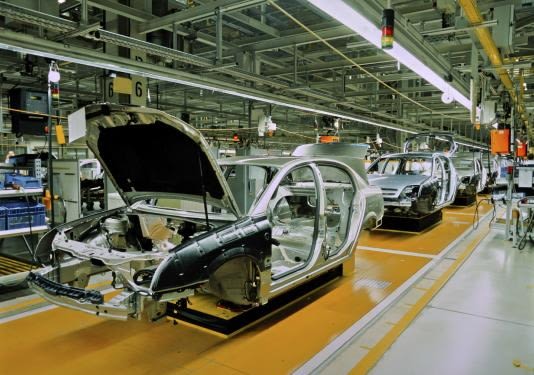 The plastics industry is worldwide one of the most innovative sectors. The secret of its success lies in the plastics themselves, which leave almost nothing to be desired – even in view of our society’s globally important tasks.
The plastics industry is worldwide one of the most innovative sectors. The secret of its success lies in the plastics themselves, which leave almost nothing to be desired – even in view of our society’s globally important tasks.Population growth, increased energy demands, scarcity of resources, climate change – mankind faces challenges of previously unknown dimensions. “This re-quires creative minds and equally creative materials to realize necessary innova-tions”, says Dr. Rüdiger Baunemann. The managing director of PlasticsEurope, the association of plastics manufacturers in Germany, emphasizes that synthetic materials or plastics (polymers) contribute greatly to fulfilling existing and future demands. How mobilizing – both literally and metaphorically – polymer materials can be will be shown in the special exhibition “Plastics Move” during the K 2013.
The question seems justified, considering the rapidly evolving plastics industry. Last year, approximately 280 million tons of plastics were produced; in 1950 it was only 1.5 million. Part of this development is the fascinating possibility to turn ideas into real, tangible innovations with the help of plastics. The applications and possibilities are numerous and varied; simply too extensive to be covered fully and in detail in a few lines. Therefore the diversity of plastics and their applications will be demonstrated according to the ‘pars-pro-toto’ principle, by taking a look at a few, but most important areas.

One of the biggest areas for the application of synthetic materials is packaging. In Germany, approximately every third ton (34 percent) of plastics is used for the production of packaging materials (Source: PlasticsEurope Germany e. V.). As flexible, tear-proof and intelligent wrapping materials, plastics ensure the safe and efficient transport of food products. Good examples are films made from polyethylene (PE), a material with a good moisture barrier, or from polyamide (PA), which provides a good oxygen barrier. Composite PE/PA-materials can be used to create films of varying thickness for the packaging of foods, which are resistant to water vapor and nearly impervious to air. For example, spices wrapped in a PE/PA film retain their aroma and do not form clumps.
Another excellent example for the use of plastics as packaging materials is the polyethylene (PET) bottle. In 2010, approximately 10 billion liters of mineral and healing waters were bottled in German mineral water facilities; the average per-capita consumption was at around 131 liters mineral water per year. The biggest advantage of the PET bottle in comparison to the conventional glass bottle is its significantly lower weight – a fact which is not only appreciated by the consumer in the supermarket, who has to transport the purchased crate of water bottles from the checkout to the trunk of his car and to the storage room in his house.
A PET bottle weighs around 37 grams, a glass bottle around 600 grams; in other words: 16 PET bottles weigh approximately as much as one glass bottle of the same volume. The low weight of the PET bottle presents a significant economical as well as ecological advantage: because PET bottles are so light, the cargo hold of a truck can be fully used without overloading the vehicle, and fewer vehicles on the road means less environmental pollution from car exhaust. With a per capita consumption of 131 liters of mineral water, a consumer would have to transport around 80 kilograms of empty glass bottles per year, while the same number of PET bottles only weighs 4.85 kilograms. Clear advantage for plastics.



